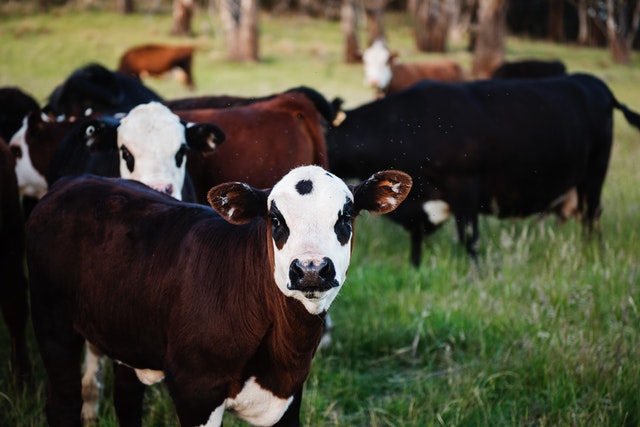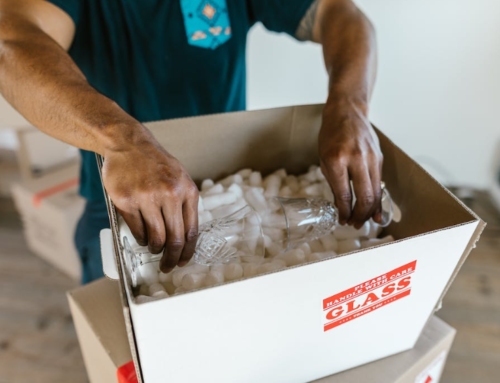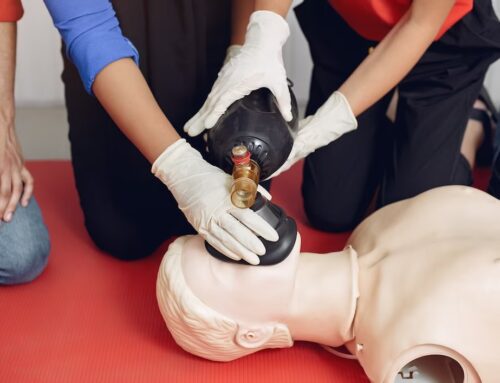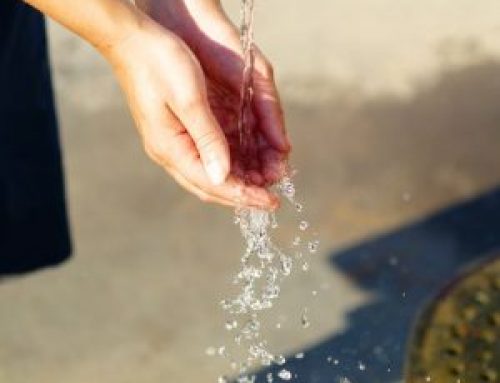No one of the several cattle yard designs in Australia is ideal for all kinds of livestock activities. This is why custom stockyards have been designed and specifically built for each livestock owner’s specific needs.
In Australia, skilled cattle ranchers hold custom stockyards in high respect for their ability to increase the efficiency of animal management. Stability and extended service life are assured by the use of quality steel in the stockyards. In addition, the edges are rounded so that animals are less likely to be hurt or bruised by them.
The presence of ramps and/or pens, as well as the amount of sunshine and lighting, are all critical components of a well-functioning space. In the long run, these strategies will decide how successfully the stockyard is conducted and whether or not it will endure. You’ll have a lot less money at the end of the year unless you have a badly constructed one.
Having well-planned, well-built, and well-maintained custom stockyards are critical to a farm’s long-term viability. For any circumstance, there are a variety of external elements that must be taken into account. Custom stockyards, for example, take the behavior of your cattle into account heavily. Each person’s cattle are clearly different, and this will have a significant impact on the way you organize your new enterprise. Here are three important elements to consider when building custom stockyards.
Where Do You Want To Place It?
When designing custom stockyards, it’s critical to consider the site’s topography. Finding a property with several access points, particularly to a major thoroughfare, is essential when looking for the optimal location. Custom stockyards should be developed in regions distant from structures and electrical equipment that might interfere with the structure or create problems for the livestock.
Considering the slope of the stockyards while developing a design is a must. Slope is an important factor in determining whether or not cows will trip and thereby cause delays in the process. Furthermore, it should be located near a body of water, whether it is a lake or a man-made reservoir. Custom stockyards should be designed with shade in mind to keep the animals comfortable and cool.
Consider the Durability
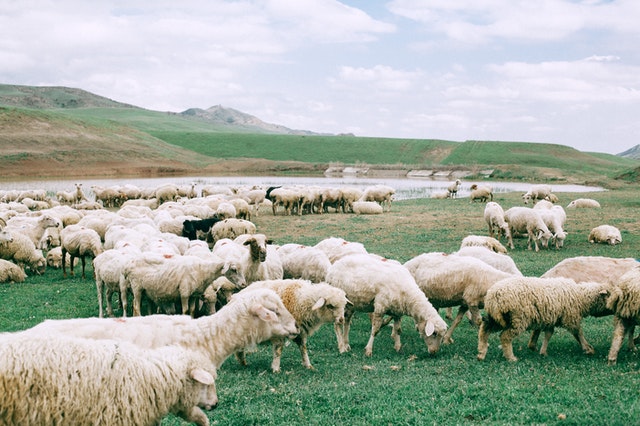
Custom stockyards should be designed to withstand the test of time and be able to operate for many years to come. The stockyards construction is a significant undertaking that should not be handled lightly. As a result, cowyards should be constructed from a long-lasting material and have a well-designed structure that will survive for generations.
For example, how long do you anticipate the farm to be operational? Are you expecting to make a profit from this cattle yard? You’re anticipating this cow yard to accommodate what kinds of cattle activities? All of these considerations are critical because they have the potential to have a significant impact on the design of your stockyards.
Choose the Right Materials
The foundation’s structural soundness is dependent on the kind of material utilized in the construction of the stockyards. To withstand the rigors of the task, the materials utilized must be durable.
Custom stockyards may be built from a variety of materials, such as concrete, steel, wood, and so on. Stockyards and subsequent livestock operations benefit greatly from the use of these materials, which are well-known for their strength and durability.
Getting the Most Out of Your Custom Stockyards
Many things must be taken into consideration while building a bespoke stockyard, which is why they are so vital. When it comes to livestock, custom stockyards will play a major role in the business. As a result, before building the construction, the above listed issues should be extensively studied.

